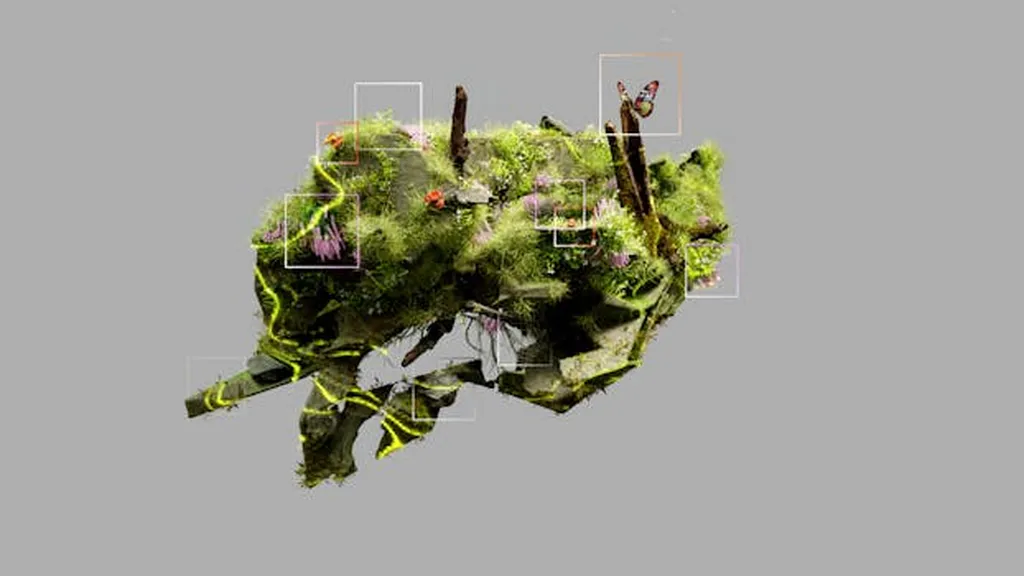In a groundbreaking development that could reshape the future of food production, researchers have successfully demonstrated the potential of 3D bioprinting to create hybrid foods combining plant and animal cells. This innovative approach, detailed in a study published in *Nature Communications* (which translates to “Nature Communications” in English), opens up new avenues for sustainable and efficient food manufacturing.
The study, led by Sushila Maharjan from the Division of Engineering in Medicine at Brigham and Women’s Hospital and Harvard Medical School, introduces a novel method of chaotic bioprinting. This technique uses a custom-built extrusion setup with an integrated Kenics static mixer printhead to create hybrid noodles composed of approximately 30–40% unicellular plant cells (Chlamydomonas or Chlorella microalgae) and 60–70% muscle cells (C2C12 or chicken myoblasts).
“Our goal was to explore the intersection of plant and animal cell biology to create a new category of food products that are not only nutritious but also aesthetically appealing,” Maharjan explained. The research team successfully bioprinted hybrid food products in various shapes and sizes, evaluating their textures, nutritional contents, and cooking behaviors.
The implications of this research are profound, particularly for the food industry. As the global population continues to grow, the demand for sustainable and efficient food production methods is becoming increasingly urgent. 3D bioprinting offers a promising solution by enabling the precise layering of cells to form sophisticated structures, which can be tailored to meet specific nutritional and culinary requirements.
“This proof-of-concept study demonstrates that 3D bioprinting can reliably produce a distinct category of plant- and animal cell-based hybrid foods,” Maharjan noted. The ability to create complex culinary designs with precision and efficiency highlights the potential of this technology to revolutionize the way we produce and consume food.
The study also underscores the importance of interdisciplinary collaboration, combining stem cell biology, biotechnology, and tissue engineering to push the boundaries of what is possible in the field of cellular agriculture. As the technology continues to evolve, it is likely to have a significant impact on the food industry, offering new opportunities for innovation and sustainability.
In the broader context, this research could pave the way for the development of a wide range of hybrid food products, from meat alternatives to functional foods with enhanced nutritional profiles. The ability to customize food products at the cellular level opens up exciting possibilities for addressing global food security challenges and promoting healthier diets.
As the world grapples with the challenges of climate change and resource depletion, the need for sustainable and efficient food production methods has never been greater. The research led by Maharjan and her team represents a significant step forward in this direction, offering a glimpse into the future of food production and the potential of 3D bioprinting to transform the industry.

